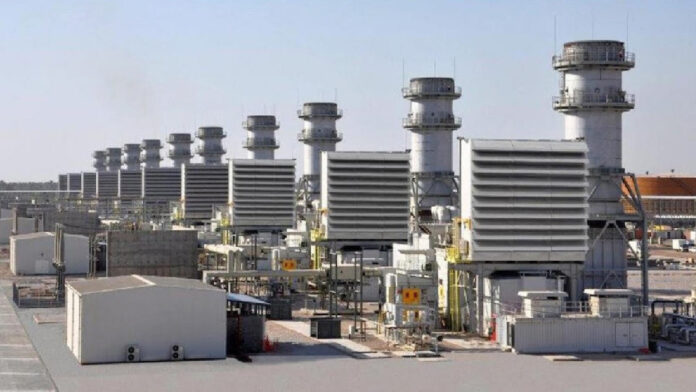Harry H. Istepanian – Noam Raydan
Reviewed by: Dr Luay Al-Khatteeb
Reviewed by: Dr Luay Al-Khatteeb
Executive Summary
As Iraq grapples with increasing environmental challenges as a result of climate change, including soaring temperatures, unabating dust storms, and drought, the federal government of Iraq has expressed on various occasions its readiness to transition to clean and sustainable energy. In 2020, the government, and in partnership with the UN Environment Programme (UNEP), launched a process to develop a National Adaptation Plan (NAP) to build the country’s resilience to climate change. The plan aims to focus on technology transfer to reduce Greenhouse Gas (GHG) and methane emissions by at least 30 percent from 2020 levels by 2030. The Ministry of Environment, meanwhile, plans to develop a national vision for climate change, including the Nationally Determined Contributions (NDCs) [وثيقة المساهمات الوطنية], and the Framework for their implementation. Being the world’s second-worst flaring country after Russia in 2020, Baghdad has also expressed its commitment to utilize associated gas and develop its gas fields for the purpose of reducing its carbon footprint and protecting the environment. Figure 1 shows the variance in carbon emissions under three different scenarios.
The various clean energy and environment-focused events which the government has joined so far, may create the illusion that Baghdad is already on a serious path towards energy transition. However, talking about energy transition before preparing the relevant policies and regulatory framework to ensure its success, puts the cart before the horse.
In the power sector, which is the focus of this report, the government’s attempts for instance to incorporate solar energy into the mainstream energy sector, have not been wholly successful due to policy conundrums, ill-designed institutional and governance structures, distorted market mechanisms (e.g., poor quality products), and technical challenges, particularly those involving grid connectivity.
In this report, the authors present an overview of the status of the electricity sector in federal Iraq with a focus on the key challenges it is facing, before discussing a roadmap towards energy transition, and the major steps that need to be taken for a successful transformation. These will include the following detailed technical, economic, and legal measures (Figure 2):
Increase investment to immediately improve the distribution network, while focusing on increasing generation, including renewable sources, particularly solar energy;
Draft and pass the necessary laws that focus on engaging low-carbon investment, and environmental protection;
Expand and increase the reliability of electricity supply (e.g., SAIDI, SAIFI, CAIDI);
Increase energy efficiency and energy conservation, including the development of energy service companies;
Improve electricity sector good governance and performance via a clear separation of duties and functions of enterprises owned by the Ministry of Electricity (MOELC);
Establish an independent energy market and transmission system operator, and encourage a gradual move to cost recovery tariffs through full commercialization of the electricity sector; and
Develop funding policies and financing schemes that include targeted subsidies and routinely adjusted electricity rates.
To gradually achieve these measures, Iraq will require international technical and financial support, with a major contribution from the private sector and foreign investors. Public investment in Iraq depends directly on public finance, but there is significant scope to reduce overall costs for the government by leveraging private finance. This, however, will require an attractive investment environment, which until now remains lacking in federal Iraq.










